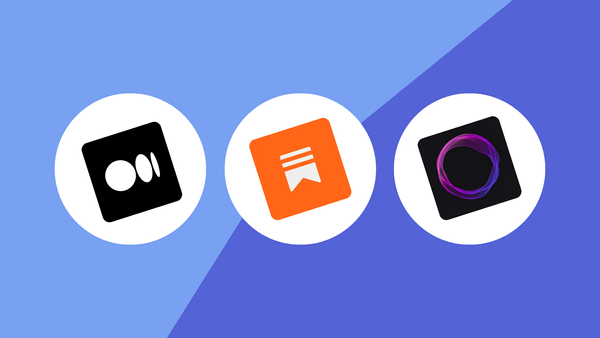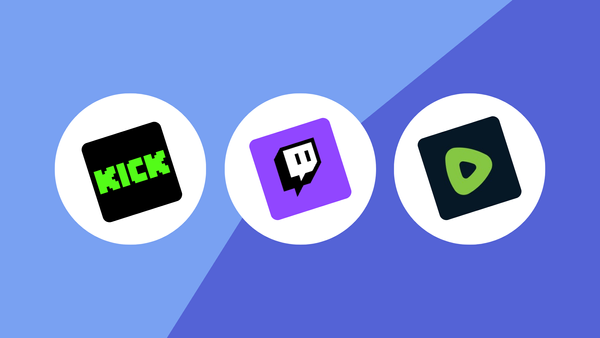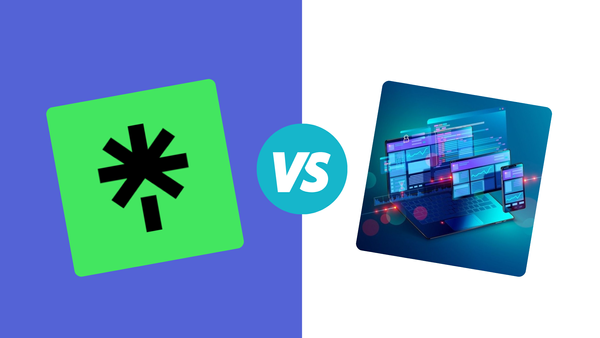Medium vs Substack: Which One is Best for Writers?
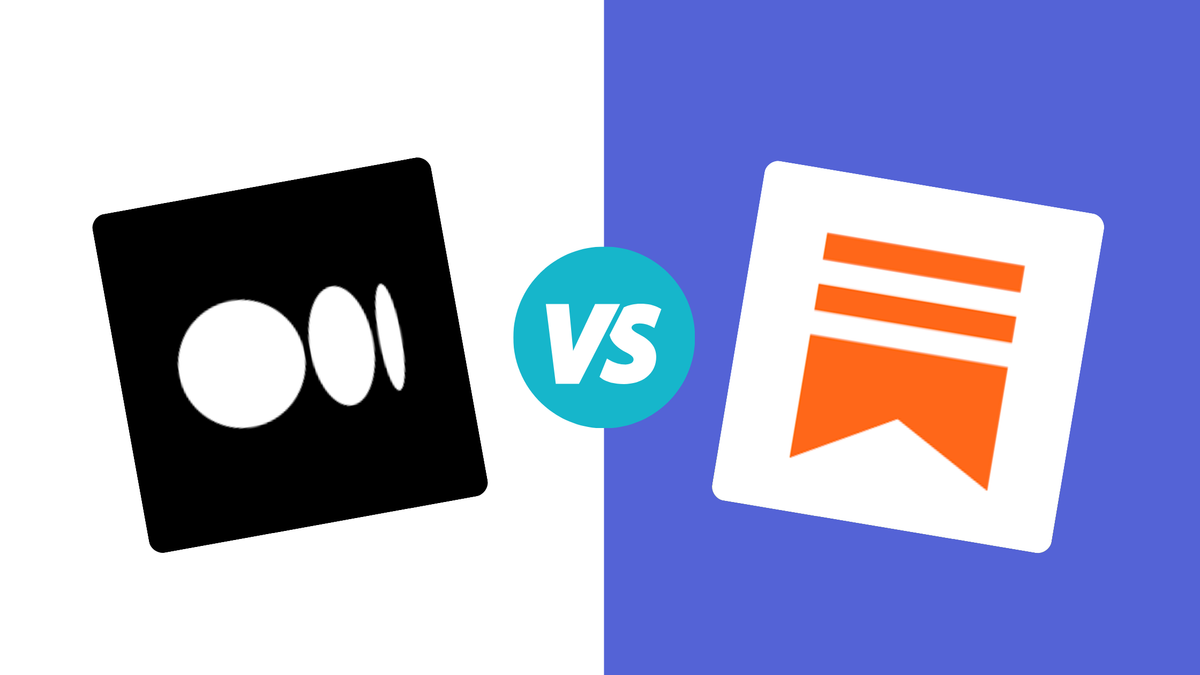
Medium and Substack are great platforms for writers who don’t have their own websites yet.
In comparison, they both have a lot in common apart from a few major differences that we will discuss soon.
So, let’s get started!
1st - Check this if you hate reading:
| Feature | Medium | Substack |
|---|---|---|
| Overview | Medium is a popular online publishing platform that enables writers, thinkers, and storytellers to share their ideas with a global audience. It focuses on delivering high-quality, user-generated content in a clean and reader-friendly format. | Substack is a platform that allows writers to create and monetize newsletters. It provides tools to publish content, grow an audience, and charge subscriptions. |
| Ease of Use | 10/10 (Right after signing up, I was able to get access to the editor) | 7/10 (took me a while to understand how it works) |
| Integrations | Medium allows for social media integration, and embeds from Twitter, YouTube, and other platforms, but lacks broader third-party app integrations compared to other platforms. | Integrates with tools like Zapier, which connects Substack to over 3,000 other apps. Also, it supports basic integrations for analytics and audience management tools. |
| Starter’s Plan | Medium allows you to publish content without any charges. Readers can access up to three articles per month for free, after which a $5 monthly membership is required for unlimited access. Monetization varies by country, with potential earnings of $10-$15 per 1000 views. | Substack is free for creating and distributing newsletters. Reader access to content may require a paid subscription, depending on the publisher's settings. Substack earns revenue by taking a 14% cut of subscription fees. |
| Best suited for those who are looking for... | A platform to reach a wide audience without the need to handle individual subscriptions. Ideal for writers seeking exposure in a community of readers and other writers. | An easy-to-use platform to monetize writing through direct subscriptions. Ideal for independent writers, journalists, and creators who wish to build a direct relationship with their audience. |
2nd - Let’s Read!
Medium Overview
Medium was founded in August 2012 by Evan Williams.
Oftentimes, Medium is considered as an open-source project for independent writers and authors.
In addition to this, we can see it as a web 2.0 or a publishing platform.
It’s surprising to note that Evan, the founder of Medium was once co-founder of Twitter.
You know what’s the latest update? In 2022, Tony Stubblebine took over Medium and Evan left his position as a CEO.
Key Features
Customization
- Design your profile’s header with a custom image, solid, and gradient color
- Personal bio for writers
- Dedicated about section
- Add images to your article from local device and Unsplash
- Embed YouTube, Vimeo, or another platform’s video
- Add a custom embed code
- Customization subscription page box
Monetization
- Get royalty for your content ($10-$15 for 1000 words)
- Add affiliate links to your article
Analytics
- Download all your information
- Track followers and email subscribers
- See how many views you got for your stories
Marketing
- Import email addresses so that readers get a notification whenever you publish an article
- Get a subscribe page that helps your readers sign up
- Add a custom domain (paid plan only)
- Create your own publication
Management
- Become a verified author
- Submit a request to resolve your issues
- Help center
Substack Overview
Substack was founded in 2017 by three members: Hamish McKenzie, Jairaj Sethi, and Christopher Best.
It's a great startup for writers who want to start a free or paid newsletter for themselves.
From an editing tool to adding subscribers, there's everything you need to start a newsletter. In fact, you can set up a dedicated subdomain for yourself and charge readers on a monthly basis.
Key Features
Customization
- Personal bio for your profile
- Write a separate about page
- Writers are able to design site as per their needs
- Upload square logo, wordmark, and cover photo
- Supports 7 language
- Add navigation pages, sections, and tags like a real site
- Includes Google Analytics Measurement ID, and Tag Manager
- Facebook, Parse.ly, and Twitter pixels
- Enable notes tab, colored links, and next post links
- Smart image cropping for post thumbnails
Monetization
- Connect with Stripe to get monthly paid subscriptions from readers
- Add affiliate links to your article
Analytics
- Track total traffic and top sources
- Analyze track subscriber report
- Check email open rates
- See your survey’s reports
- Monthly stats email
Marketing
- Add social media links
- Enable chat to create a real-time conversation with subscribers
Management
- Live chat support
- Help center
- Email reminders for drafts
Medium vs Substack: Comparison & Walkthrough!
#1 - Popularity
Medium has 100 million monthly active users. What’s even more interesting is this platform comes under top 100 websites in terms of traffic.
Besides, they’re about to get 1 million paid subscribers soon.
Now if we talk about Substack, it has 20 million monthly active users. Out of which, there are 2 million active paid subscriptions.
Winner: Medium
#2 - Author Section
Substack’s profile section is quite detailed. You can add a bio and several social media links here. In fact, you can even send an invite.
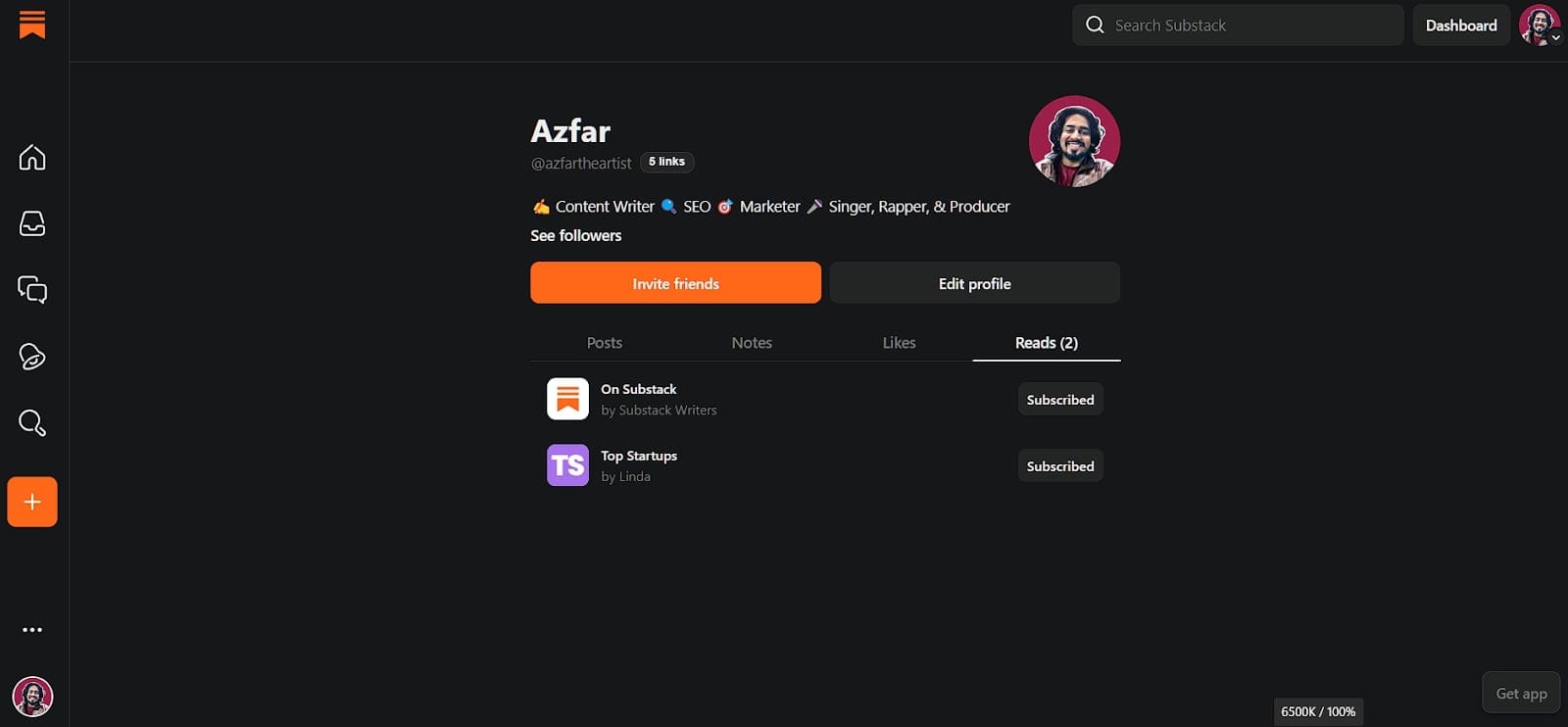
On Medium, there are just stories, an about section, and a header in your profile.
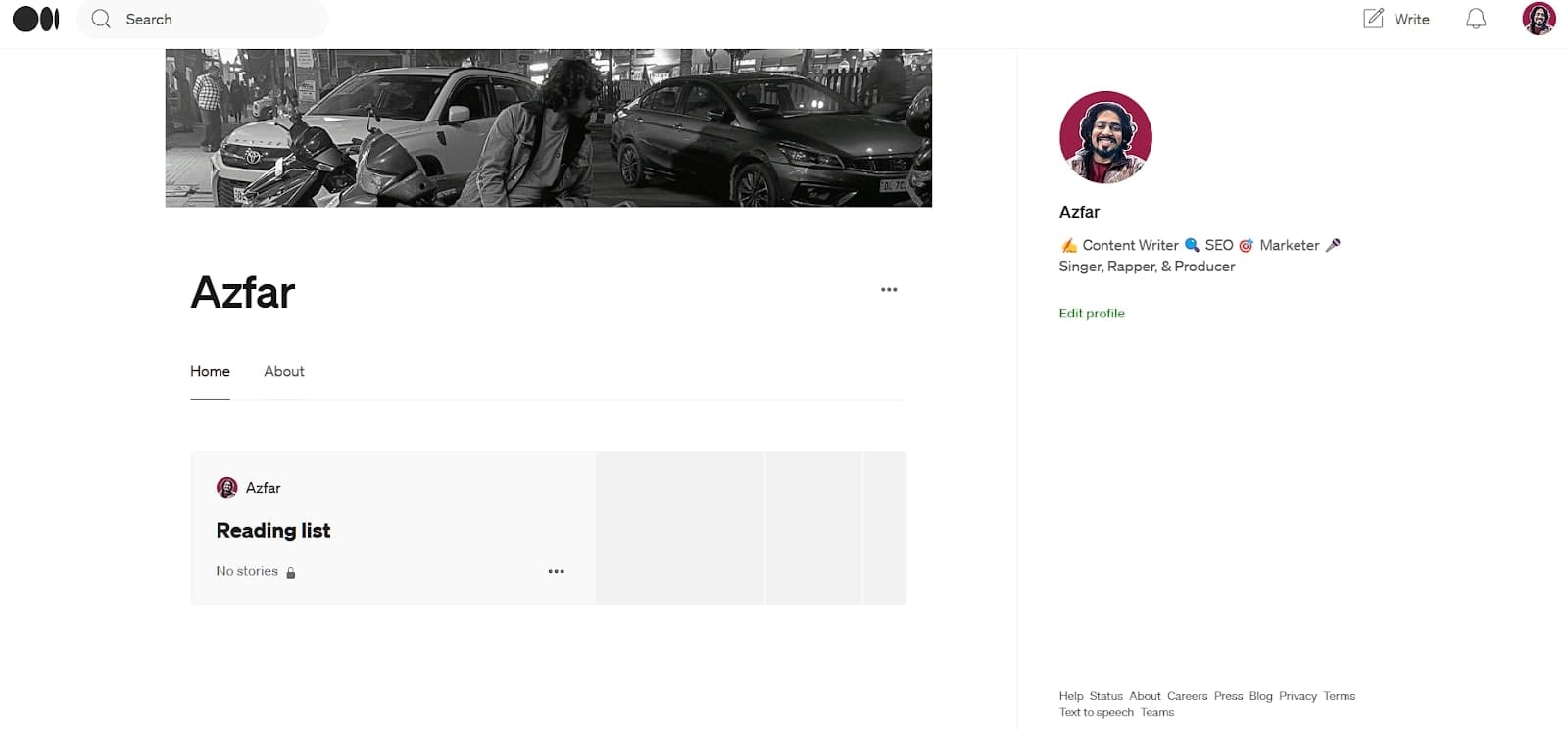

Winner: Substack
#3 - Platform’s Editor
Medium provides a simple editor for your content. You can add images, a few headings, and embed videos or custom codes.
For a creative person like me, it’s extremely limited.
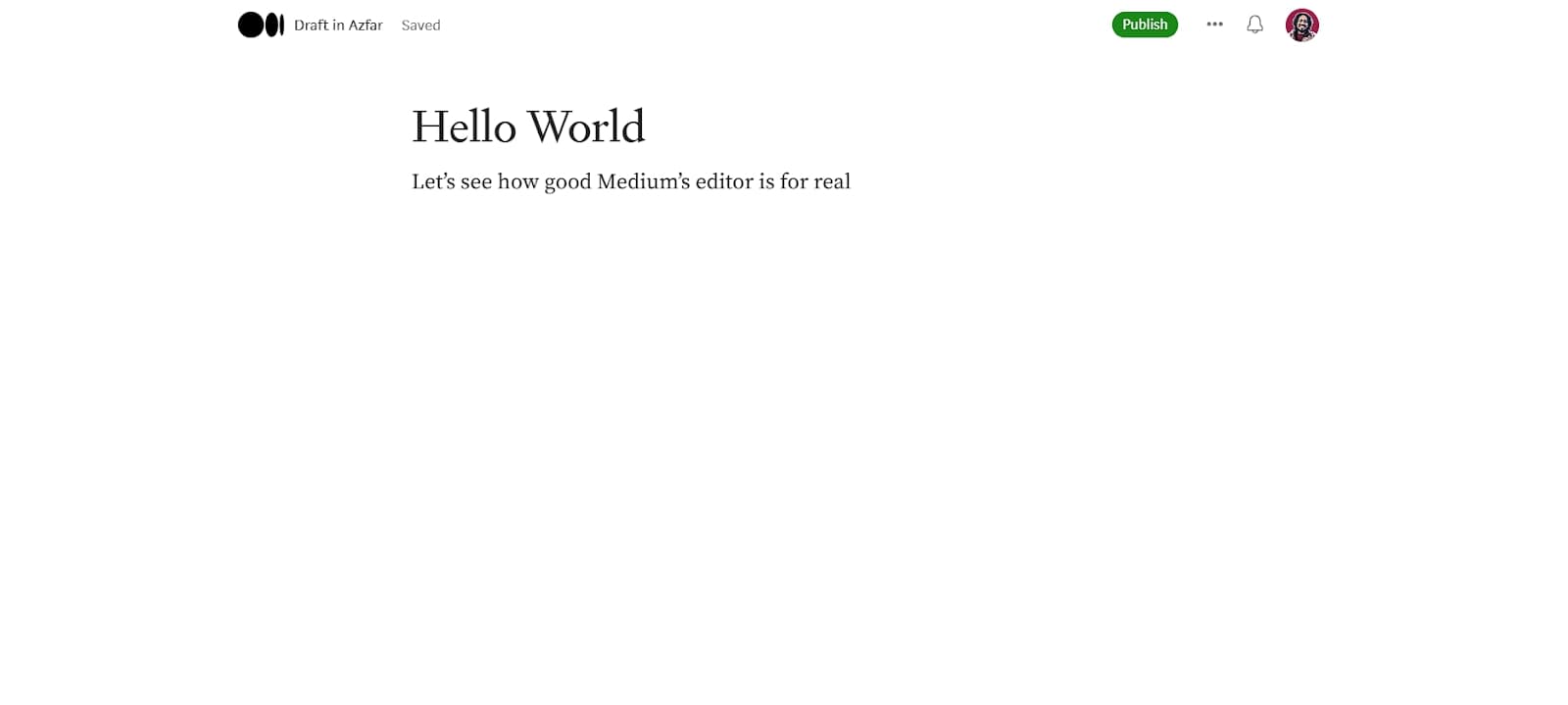

On Substack, I can add headings, custom embed codes, buttons, link to a survey, audio, video, and much more.
Basically, it has almost everything a writer needs for putting great content online.
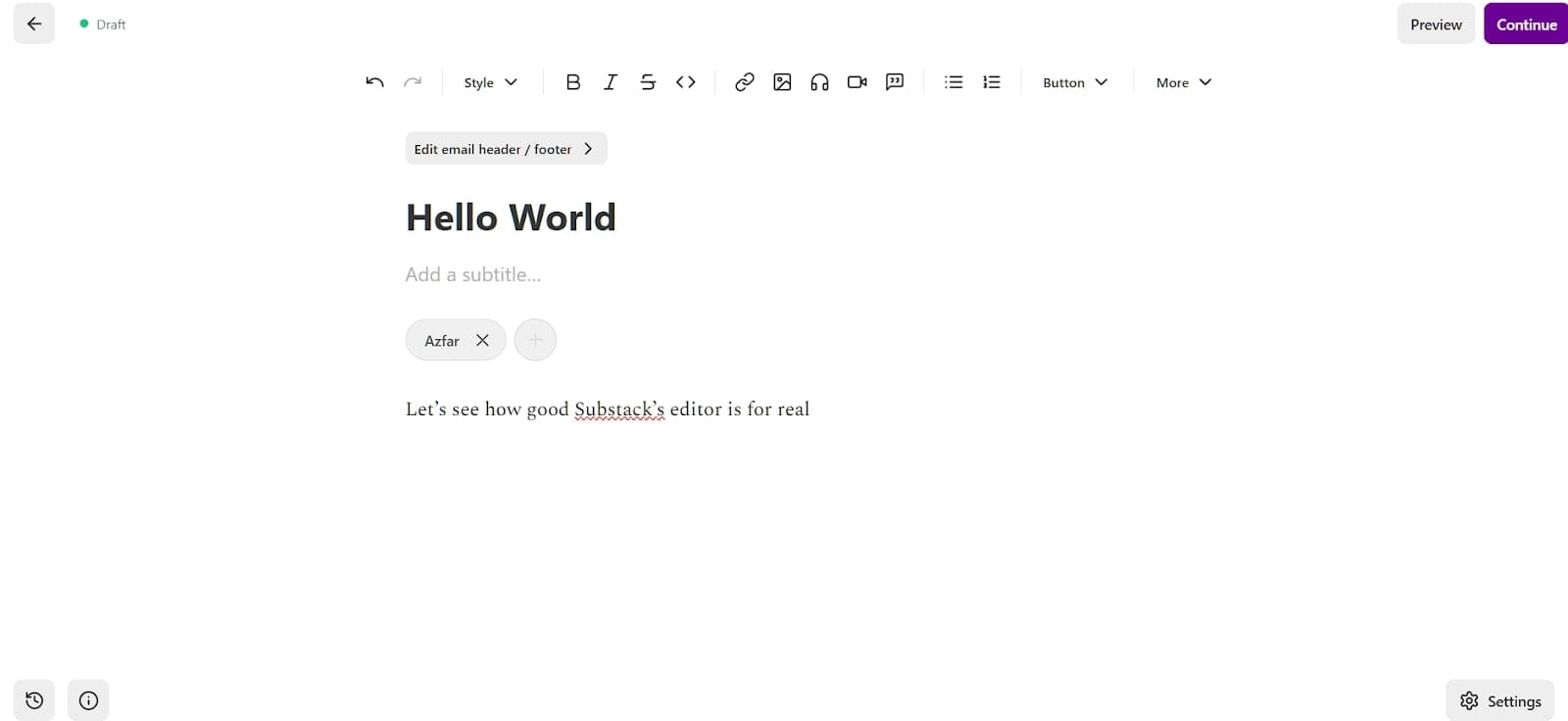

Winner: Substack
#4 - Analytics
As much as I’ve understood about Medium, it looks like they like to keep it simple. In the stats section, you’ll find story and audience stats only.
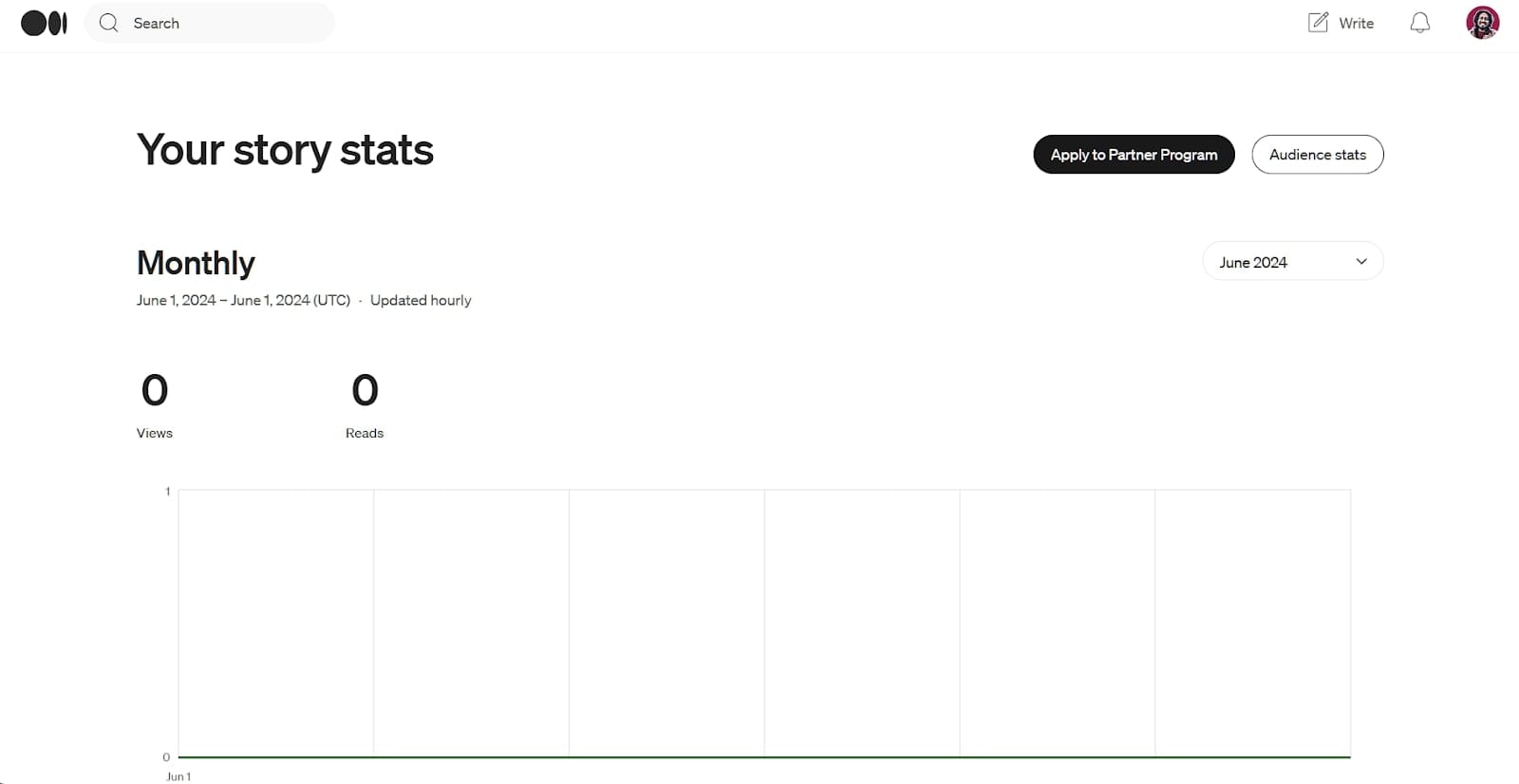

On Substack, things are way way different.
Look here, we can track total traffic, top traffic sources, emails, reader surveys, subscriber reports, and a few other things.
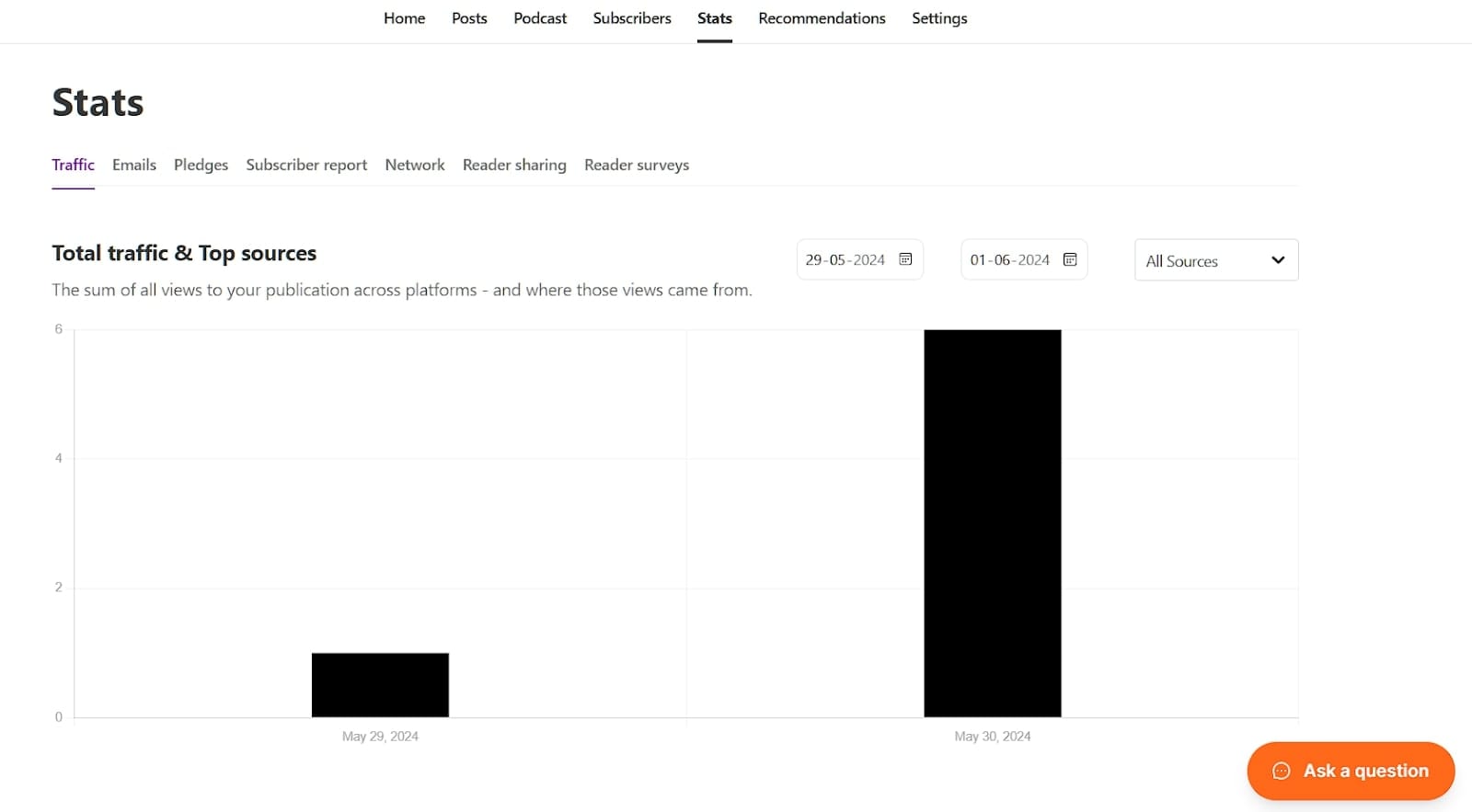

Winner: Substack
#5 - Profitability
Substack takes a 14% cut from your earnings. Does that sound a lot? Well, the top 10 users on Substack earn more than $25 million annually.
Meanwhile, it’s tough to see who the top earners on Medium are.
Luckily, I managed to find a few stories that show writers can earn anywhere from $30-$60K per month on Medium too.
For instance, 4 years ago Clem Samson from The Haven once claimed in one of his Medium stories that he’s the most earning author, who is earning $30-$60K per month regularly.
Winner: Substack
Final Verdict
Being a writer, I’d suggest you should be active on both platforms.
The more online presence you have, the more people will know about your ventures.
Just in case you really have to make a choice, I’d say Substack is much better for those who want to start a newsletter.
Those who want a simple platform to build a portfolio, Medium is enough.
Also Read:
